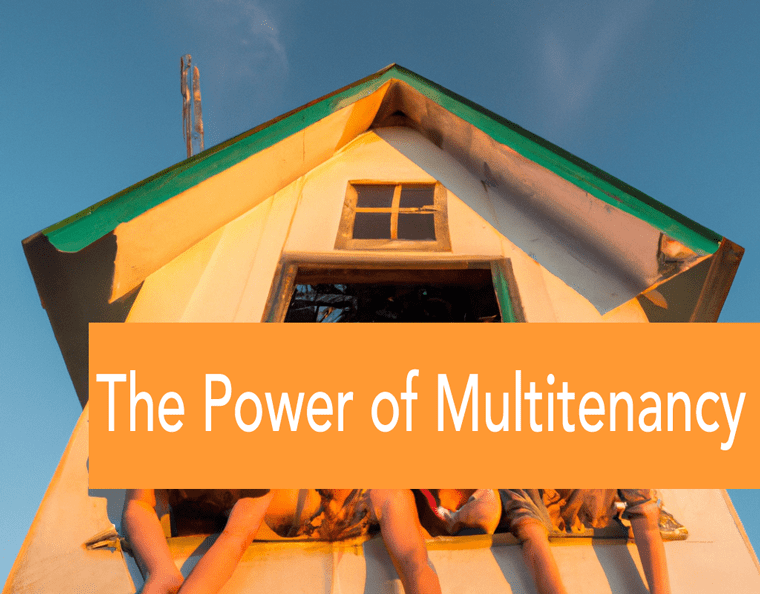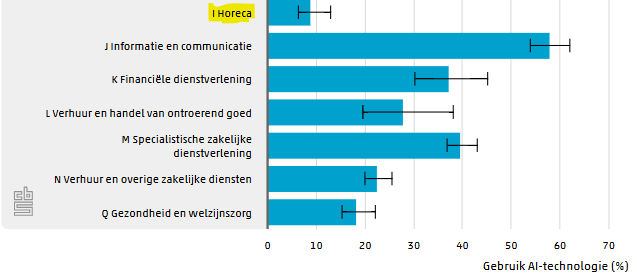A new concept is emerging: vibe marketing. Coined in tech, vibe marketing now describes a hands-on-yet-automated approach to managing customer engagement. In loyalty marketing, it means using intelligent tools to create highly personalized, data-driven programs—without getting lost in technical complexity. Rather than replace marketers, vibe marketing frees them to focus on strategy and creativity. For those looking to scale loyalty efforts with precision and agility, VEMT provides the structure and automation needed to bring the right “vibe” to every customer interaction.

The Power of Multitenancy in the VEMT Experience & Loyalty Cloud
In the ever-evolving world of Software-as-a-Service (SaaS), the concept of multitenancy has emerged as a game-changer. Among the leading SaaS platforms, the VEMT Experience & Loyalty Cloud demonstrates how multitenancy can unlock tremendous value for larger organizations with several brands or various country organizations, franchise formulas and the hospitality industry. By bringing data isolation while keeping a very low cost of ownership and a high scalability, VEMT’s multitenant architecture revolutionizes the way customer experience and loyalty drives revenue for VEMT clients. In this post, we’ll demonstrate the significance and benefits of multitenancy within the VEMT Experience & Loyalty Cloud.
Architecture
Unleashing the Power of Multitenancy: At its core, multitenancy in the VEMT Experience & Loyalty Cloud empowers businesses by allowing multiple tenants to share the same application and infrastructure resources while maintaining strict data isolation. This unique architecture opens up a world of opportunities and advantages for various industries, particularly for international companies, franchise formulas or the hospitality sector.
- Data Isolation for Enhanced Security and Privacy: For organizations dealing with sensitive customer data, ensuring robust data isolation is paramount. VEMT’s multitenant approach guarantees that each tenant’s data remains strictly separated, safeguarding privacy, security, and compliance with data protection regulations. Whether it’s customer profiles, purchase history, or loyalty program data, organizations can trust that their information is secure and inaccessible to other tenants.
- Lower Cost of Ownership: Managing software and infrastructure can be a significant financial burden, especially for larger organizations and franchise formulas. With VEMT’s multitenancy, businesses can enjoy a lower cost of ownership by sharing resources across multiple tenants. By eliminating the need for individual installations or instances for each tenant, costs associated with infrastructure, software licenses, and maintenance efforts are significantly reduced. This cost-effectiveness enables organizations to allocate their resources more strategically, investing in other growth initiatives.
- Scalability to Fuel Business Growth: In a dynamic market environment, scalability is crucial for organizations aiming to expand their operations and customer base. VEMT’s multitenant architecture offers seamless scalability, allowing businesses to handle increased demand effortlessly. As new customers or franchise locations join the ecosystem, the underlying infrastructure can be horizontally scaled, ensuring optimal performance and user experience for all tenants. This scalability ensures that the platform can support the growth and evolving needs of large organizations, franchise formulas, and the bustling hospitality industry.
- Tailored Customization for Unique Brand Experiences: In an increasingly competitive landscape, delivering personalized experiences and building strong brand loyalty is essential. VEMT’s multitenancy empowers organizations to customize and configure the platform to reflect their unique brand identities. From tailored user interfaces and branding elements to customized workflows and business rules, businesses can shape the VEMT Experience & Loyalty Cloud to align with their brand strategy and meet the specific needs of their customers. This level of customization fosters a sense of exclusivity and strengthens customer engagement and loyalty.
In short, multitenancy within the VEMT Experience & Loyalty Cloud stands as a remarkable feature. The ability to ensure data isolation, reduce the cost of ownership, and scale effortlessly makes VEMT a leading solution for businesses seeking to enhance customer experience and loyalty. By embracing multitenancy, organizations can focus on their core objectives, confident that their data is secure, costs are optimized, and their platform is poised for growth. With VEMT, businesses can unlock the full potential of multitenancy and embark on a journey of success in today’s competitive business landscape.
Consider discussing your specific use case with us.
Question 1: How does VEMT ensure compliance with global data protection regulations (e.g., GDPR) in its multitenant architecture?
Answer: In the VEMT multitenant architecture, ensuring compliance with GDPR regulations is implemented through robust data isolation mechanisms, encryption of data at rest and in transit, and in providing comprehensive access controls and audit logs. VEMT employs these strategies to ensure that each tenant’s data is securely stored and processed, preventing unauthorized access or data leaks between tenants. Additionally, VEMT adheres to principles of data minimization, purpose limitation and user consent, integral to GDPR, by designing our platform to only collect and use personal data in ways that are necessary for the services we provide and for which we have explicit consent.
Question 2: Can you provide specific examples or case studies demonstrating the impact of multitenancy on customer experience and loyalty in various sectors?
Answer: Multitenancy can significantly impact customer experience and loyalty by enabling more scalable, efficient, and cost-effective delivery of personalized experiences. For instance, in retail, VEMT’s multitenant loyalty platform can offer personalized promotions and rewards based on customer behavior across different stores or brands within the same retail group, enhancing customer engagement and loyalty. In hospitality, our multitenant platform facilitates personalized restaurant advice and menu offerings across different restaurant locations, improving customer satisfaction and retention. These examples rely on VEMT’s ability to analyze customer data in real-time, segment customers accurately, and deliver tailored experiences without compromising on performance or security.
Question 3: What are the technical challenges associated with implementing multitenancy, and how does VEMT address these challenges?
Answer: Implementing multitenancy presents several technical challenges, including data security and isolation, resource allocation, and maintaining performance at scale. Ensuring that data is not only isolated between tenants but also that each tenant’s application instance performs optimally without being affected by the actions of other tenants on the same infrastructure is critical. VEMT addresses these challenges by using advanced data architecture strategies to isolate tenant data securely, implementing dynamic resource allocation algorithms to ensure fair use of shared resources among all tenants, and continuously monitoring performance to detect and resolve any potential issues that could affect user experience. Additionally, VEMT employs containerization and microservices architectures to enhance the scalability and efficiency of their multitenant platform, allowing for the rapid deployment of new features and updates without disrupting existing customers.





